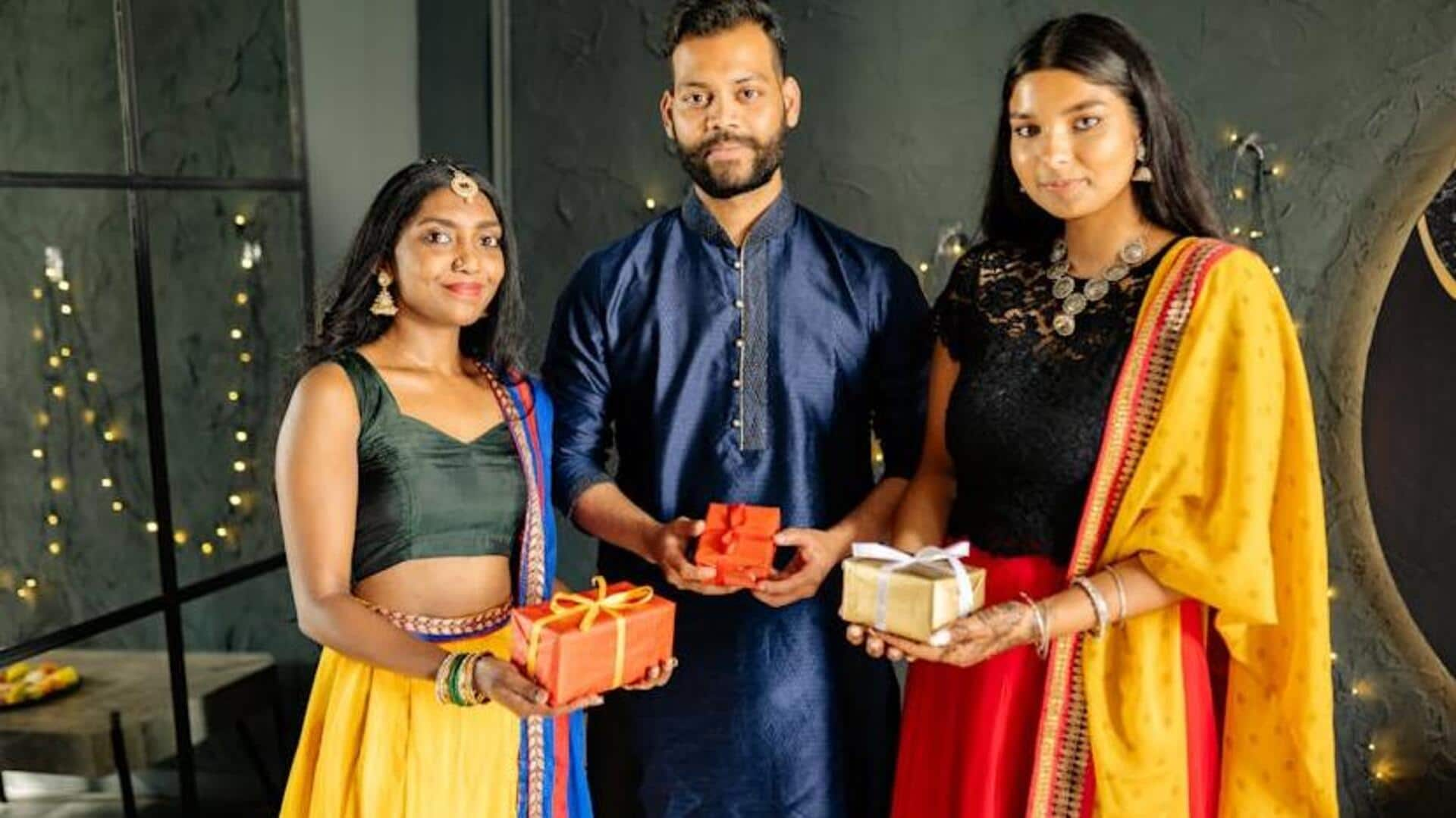
Crafting elegance: DIY techniques for traditional attire
What's the story
In a world where fashion trends quickly fade, traditional attire remains a symbol of cultural heritage and enduring style. Personalizing these garments can rejuvenate them, making them more appealing to modern tastes without sacrificing their cultural significance. This article explores straightforward yet impactful DIY techniques to tailor traditional clothing, ensuring each piece not only respects its origins but also mirrors the wearer's uniqueness.
Tip 1
Embellish with embroidery
Embroidery transforms traditional attire into bespoke masterpieces. Begin by selecting threads that complement or contrast with the fabric for visual impact. Beginners should consider basic stitches, such as chain stitch or backstitch, to outline designs or add motifs inspired by the attire's cultural background. This technique not only enhances the garment's aesthetics but also adds a personal touch that resonates with the wearer's identity.
Tip 2
Modernize with accessories
Integrating modern accessories into traditional attire is an effortless way to personalize and update your look. Consider adding belts to cinch waists on loose-fitting garments or using statement jewelry pieces that echo the outfit's cultural motifs yet reflect contemporary design trends. This approach allows for flexibility and creativity in styling, enabling wearers to blend tradition with modernity seamlessly.
Tip 3
Update with fabric paints
Fabric paints offer an exciting avenue for customizing traditional clothing, especially for those looking to add vibrant patterns or artistic touches. Choose fabric paints in colors that stand out against your garment's base shade and use stencils of culturally significant symbols or freehand designs for a more personalized effect. This method is particularly suitable for cotton-based fabrics common in many traditional attires.
Tip 4
Tailor for fit and flair
Altering traditional attire's fit can modernize its look and increase wearability. Adjustments like tapering and shortening update the garment's silhouette to better match the wearer's body shape. It's crucial to use a tailor skilled in traditional fabric and construction to maintain the garment's original integrity. These changes allow for a blend of tradition and personal style, offering a fresh take on cultural garments.